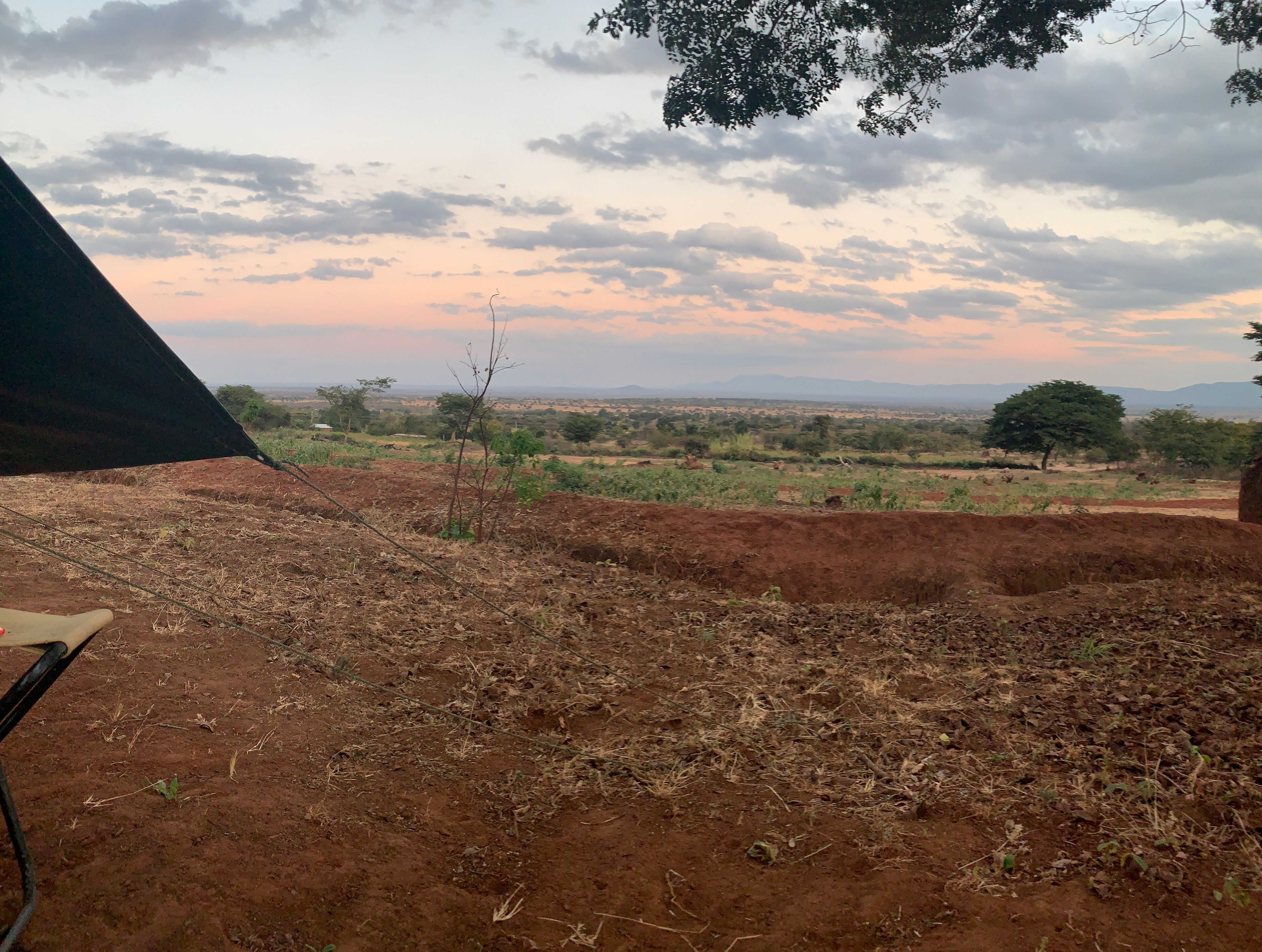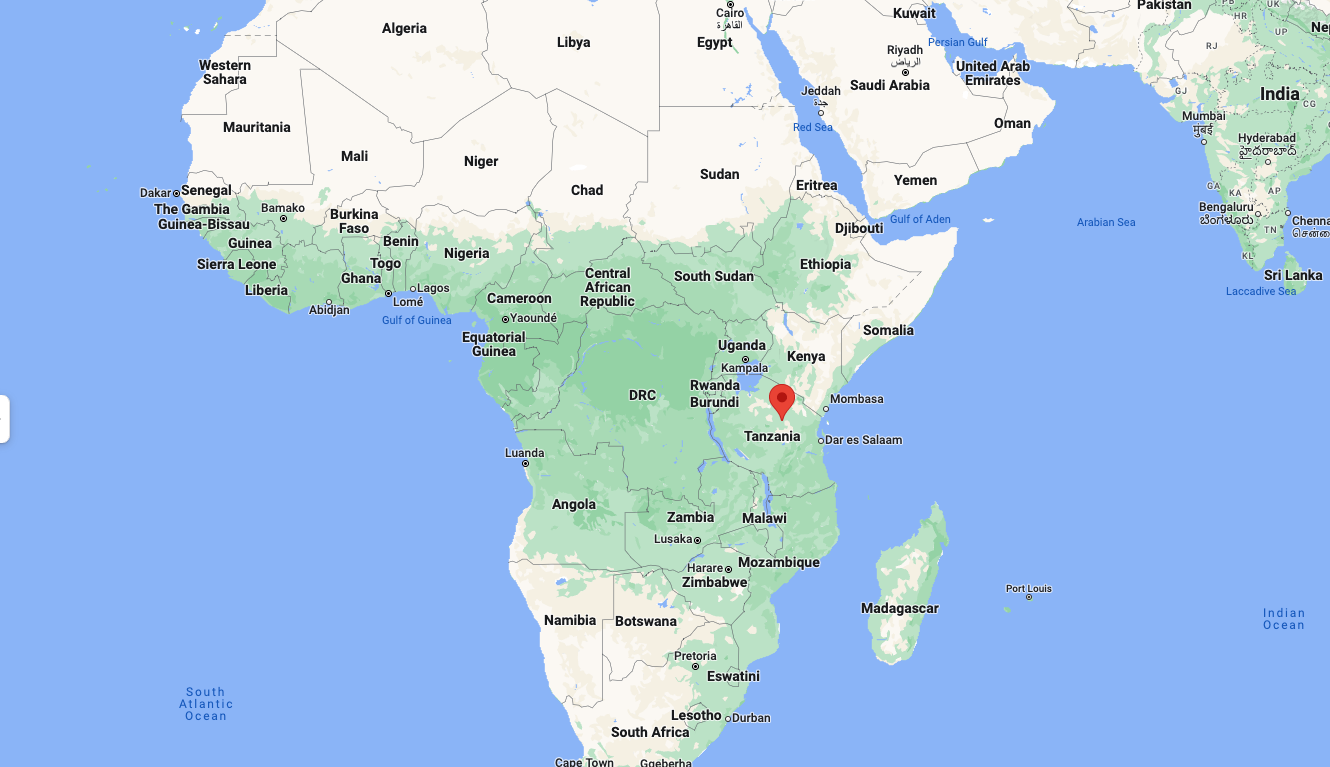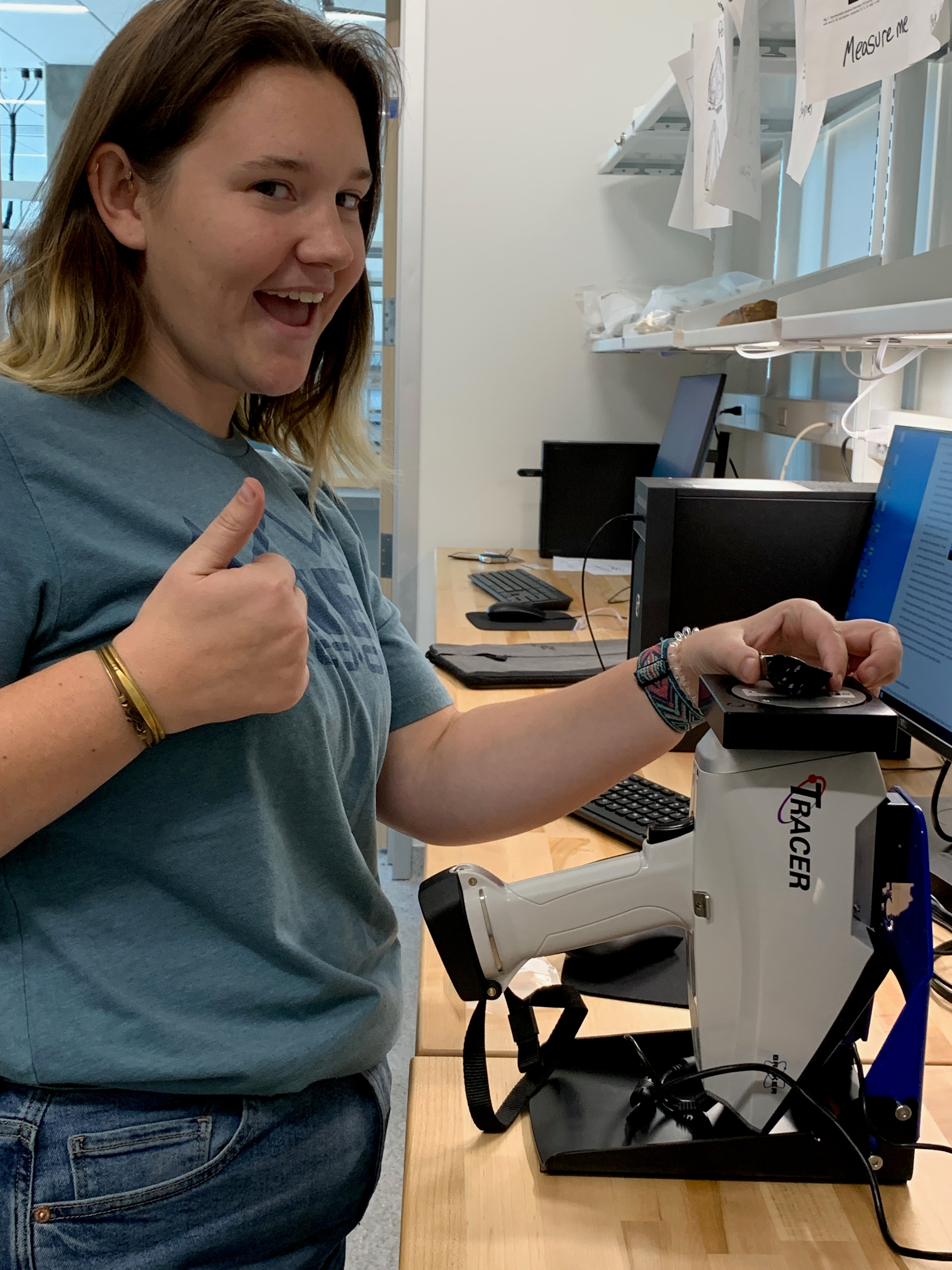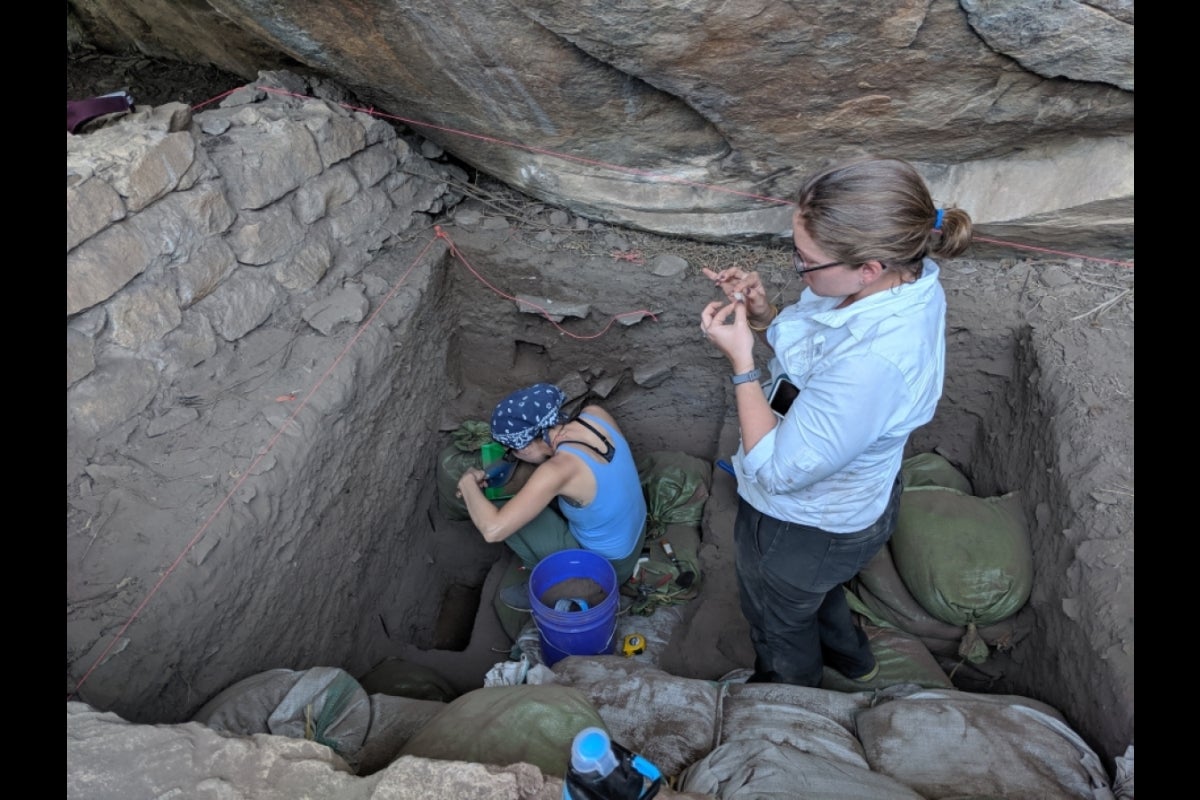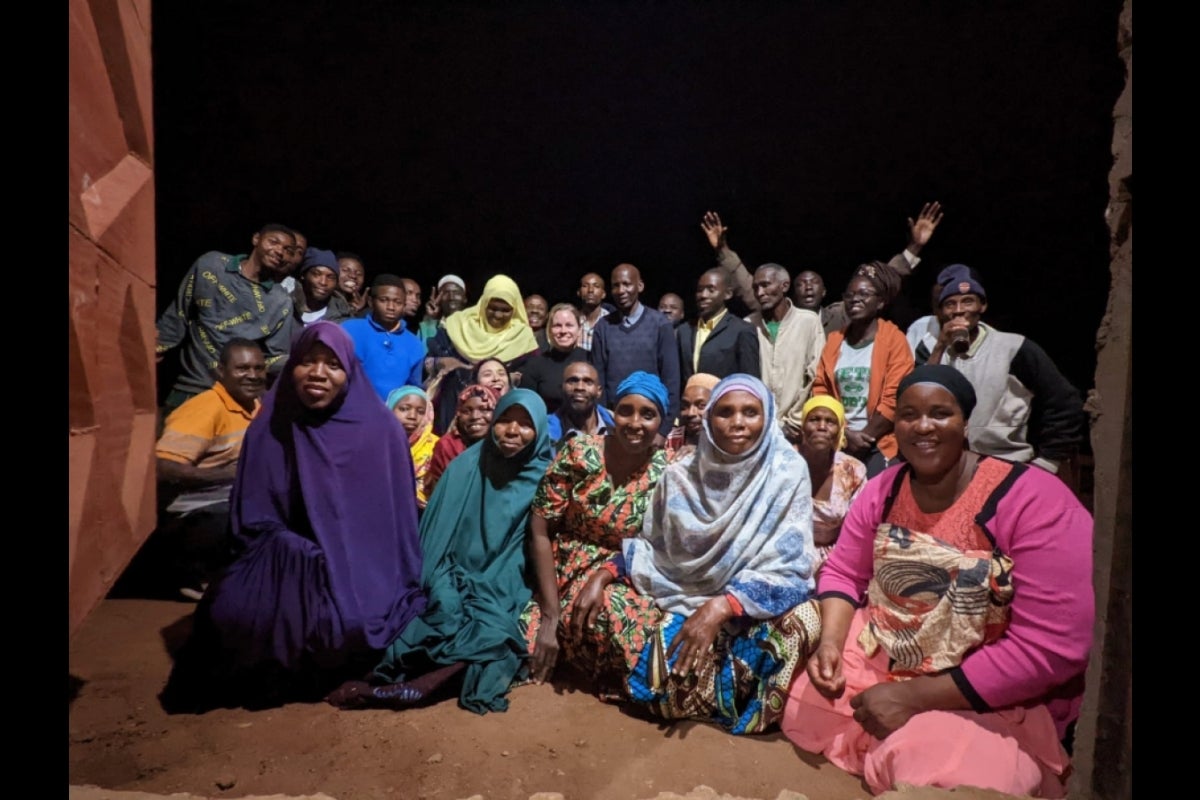Editor's note: This is the third in a series of Q&As highlighting Arizona State University researchers working around the world this summer. Read about a bioarcheologist in Cyprus, motorbike research in Vietnam and conserving jaguars in Costa Rica.
There’s a place in Tanzania called Kondoa that’s known for its ancient rock paintings that cover a granite cliff. The district overlooks the Maasai Steppe — a semiarid grassland where giraffes, zebras and wildebeest roam freely.
It’s one of the places that Arizona State University anthropologist Kathryn Ranhorn is engaged in research this summer (the other is Kenya). The assistant professor in the School of Human Evolution and Social Change and research scientist with the Institute of Human Origins is there for a month studying the deep history of human evolution.
View of the Maasai Steppe from Ranhorn's tent near Kisese II rockshelter in Kondoa, Tanzania. Photo by Kathryn Ranhorn
Ranhorn considers herself an unconventional researcher. She is living out of a tent in rural areas for most of her stay.
There she does her research alongside community members to better understand ancient artifacts, fossils and rock paintings. This, of course, requires lots of communication.
Communication is a priority for Ranhorn, as are the relationships with the people she has met since her first trip to Africa in 2008. Ranhorn is fluid in multiple languages, including Swahili, and is learning Rangi, the local language spoken in Kondoa.
ASU News checked in on Ranhorn to learn more about her research this summer.
Note: Answers may have been edited lightly for length and clarity.
Question: What is the purpose of your trip to Africa this year?
Answer: I’m here to help steward and document the deep history of human evolution in central Tanzania. With a paleontological and archaeological record spanning more than 2 million years, there is much to write home about. I am most interested in the last 500,000 years, which was an extraordinary time of technological innovation and environmental dynamism.
I study human behavior through tool use and primarily stone artifacts, which are abundant, as well as beads and ochres when they are present. My work centers around the question, "How did these humans organize their social lives?"
Kathryn Ranhorn is conducting archaeology work in Kondoa, Tanzania, this summer.
Q: How do you conduct your research — what does that entail?
A: I kind of have a reputation in the field for doing things a little differently. I've never seen "Indiana Jones" and have no intention to. I conduct my work by prioritizing people over publications — that is, cultivating relationships with the people who live near the sites and whose lives can be most impacted by our research.
This entails learning multiple languages and lots of meetings with people. Community members from Machinjioni village and I have co-created a partnership with an agenda that is transparent and seeks to benefit everyone.
We excavate together, study collections together and plan tourism and institutional development together. Each year, we hold a traditional ceremony at the site before starting work and often hold villagewide meetings to discuss findings.

ASU Assistant Professor Kathryn Ranhorn
Q: What does your typical research day look like?
A: At our campsite, I lead a team meeting in Swahili, translating for the English speakers as I go, about daily announcements and the plan for the day. We hike about 15 minutes to the site — a rock shelter called Kisese II, where we are excavating. Once the team is going, I usually head back to camp to work on collections management and meet with community members. All my meetings are in Swahili and may involve government officials, farmers, teachers and school children.
We break for lunch and then it's back to work, some of us excavating and some of us at the field lab with the collections.
My main role is facilitator, so I admittedly run around quite a bit and am somewhat difficult to pin down these days. My phone is my main research tool, where I take notes, photos, GPS points and voice recordings.
Q: Did you have any surprising discoveries this week?
Graduate student Sydney James analyzes the geochemistry of an obsidian artifact in the Deep History Lab in ASU's Walton Center for Planetary Health on the Tempe campus. Photo by Kathryn Ranhorn
A: Lately I have been most surprised at the way stone tools were made at the site — particularly the use of a volcanic glass called obsidian. The really fun thing about obsidian is we can use geochemistry to trace its movement from the volcanic source to the site. We have evidence to suggest that people were moving obsidian, either through long-distance trade networks or very complicated mobility strategies, over 250 kilometers (155 miles). ASU graduate student Sydney James is working on this research.
In Turkana (Kenya), I’m surprised by the existence and complexity of the later Pleistocene record that is largely unexplored, despite several decades of human evolution research in the area.
Q: What is the significance of your work? Why is it important?
A: I see my role as working for and with local and descendant communities in Tanzania and Kenya to help illuminate stories that are often ignored. Today crises like food and water insecurity, poverty and cultural erasure abound — these are not new problems.
The archaeological record in Africa can help provide data-driven solutions to these challenges. One thing we know for sure: Humans did not evolve living in isolated groups; extensive collaborations across unrelated people was likely the norm.
By continually being reflexive about my role as a guest here, I’m working to build and maintain partnerships that are sustainable in a way that will ultimately no longer require my involvement.
Q: What is it about your work that excites you — that drew you to it?
A: I am thrilled to learn how diverse human social institutions, as strange as they are, came to be. I was drawn to this work because, frankly, I had never learned about Africa in school and I wanted to know why. Thousands of languages are spoken here, empires rose and fell, and technologies that we still barely understand were invented here, by Africans. I am fascinated and humbled to be able to work here, combining the natural and social sciences, studying the human story while building lasting positive impacts.
Top photo: ASU Assistant Professor Kathryn Ranhorn works with team members from the Kondoa Deep History Partnership to excavate a site in Kondoa, Tanzania. Photo courtesy Kathryn Ranhorn
More Arts, humanities and education
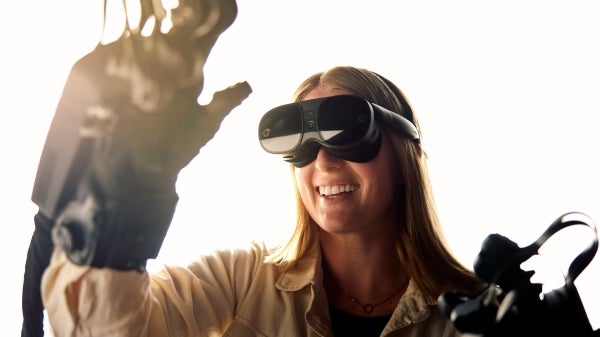
ASU English department inaugurates student research initiatives
The Department of English at Arizona State University has launched a cluster of initiatives aimed at bolstering student research and professional experiences.First, English’s internship and career…

Hidden histories: Who is Claudette Colvin?
History remembers the bold.Alexander the Great, Marie Curie and Neil Armstrong are all remembered for their audacity, discoveries and exploration. But sometimes, a figure slips through the cracks.…
Autism diagnosis leads ASU professor to write book about neurodiversity and literature
Bradley Irish always knew his mind worked differently.But it wasn’t until two years ago that Irish, an associate professor in Arizona State University’s Department of English, discovered why.He was…

